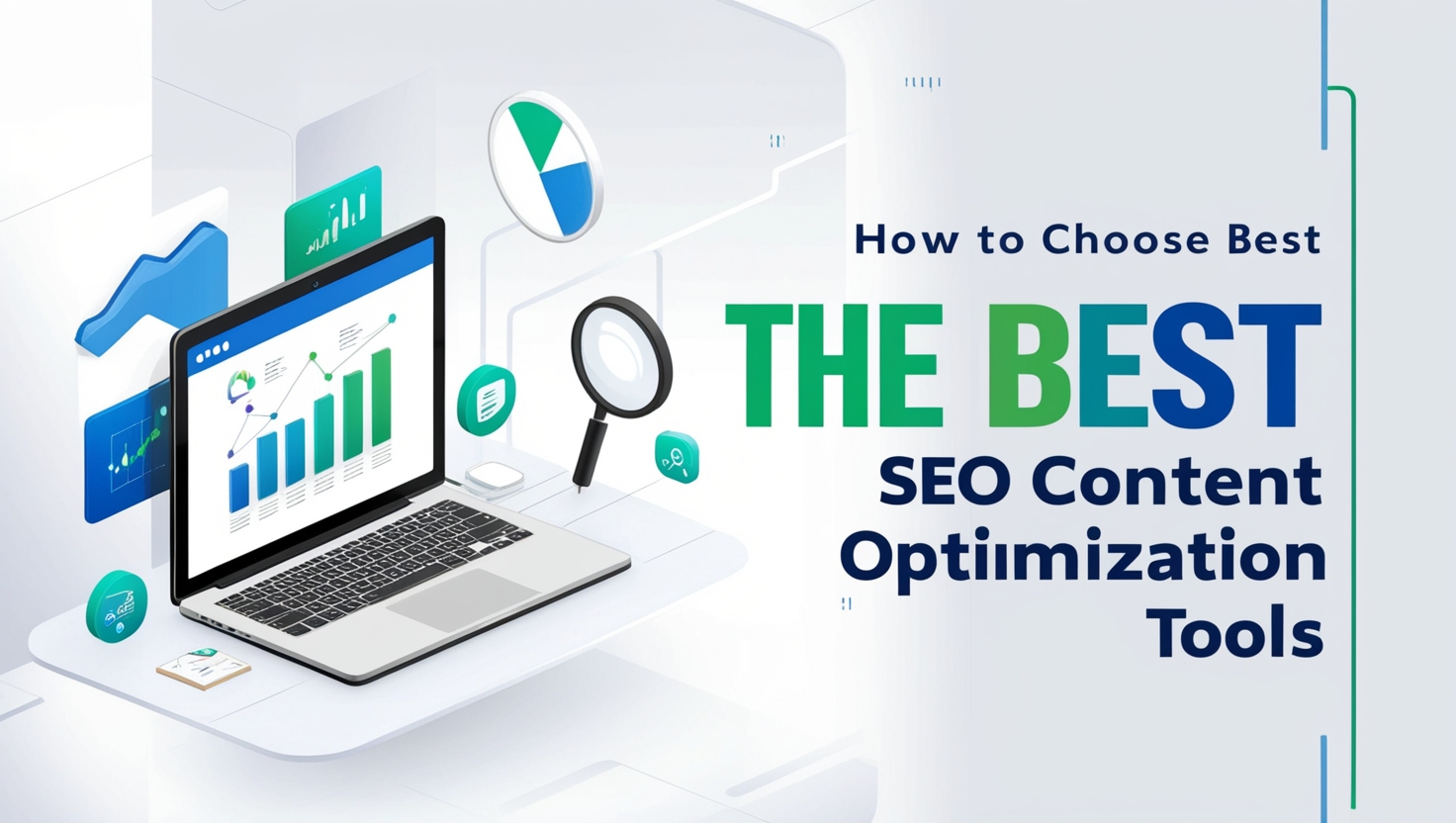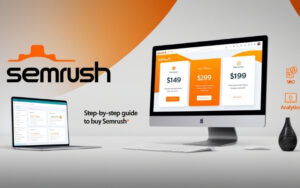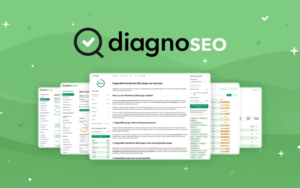Best SEO content optimization tools include SEMrush, Ahrefs, and Yoast SEO. These tools enhance your content’s search engine visibility.
SEO content optimization is crucial for improving your website’s search engine ranking. Tools like SEMrush, Ahrefs, and Yoast SEO offer comprehensive features to analyze and enhance your content. SEMrush provides keyword research, competitive analysis, and site audits. Ahrefs excels in backlink analysis and content research.
Yoast SEO integrates seamlessly with WordPress, offering on-page optimization tips. These tools help identify keyword opportunities, optimize meta tags, and improve overall content quality. Utilizing them can lead to increased organic traffic and better search engine performance. Investing in these tools can significantly boost your site’s SEO efforts.
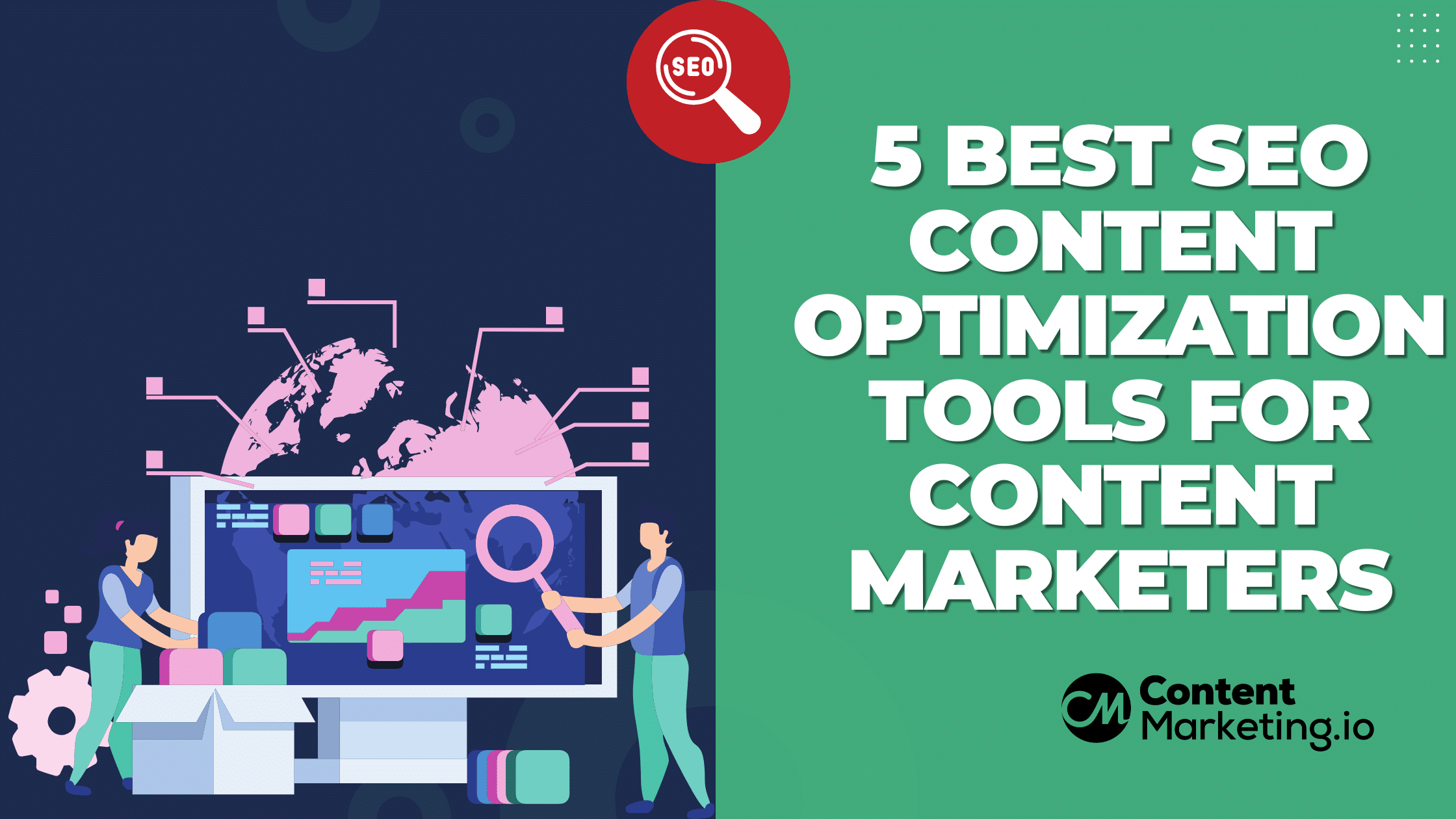
Top Seo Tools For Content
Optimizing content for SEO is crucial for achieving higher search engine rankings and driving traffic to your website. Using the right SEO content optimization tools can make this task easier and more effective. Here, we explore some of the best tools available for optimizing your content to ensure it reaches its full potential.
Key Features
Several SEO content optimization tools provide a range of features to help improve your content. Below, we highlight key features of some top tools:
- SEMrush:
- Keyword research
- SEO writing assistant
- Content audit
- Topic research
- Ahrefs:
- Content gap analysis
- Site explorer
- Keywords explorer
- Content explorer
- Yoast SEO:
- Real-time page analysis
- Readability check
- Keyword optimization
- XML sitemaps
These tools offer powerful features that make the SEO process more efficient:
| Tool | Key Features |
|---|---|
| SEMrush | Keyword research, SEO writing assistant, Content audit, Topic research |
| Ahrefs | Content gap analysis, Site explorer, Keywords explorer, Content explorer |
| Yoast SEO | Real-time page analysis, Readability check, Keyword optimization, XML sitemaps |
User Experience
Understanding the user experience of these tools can help you choose the best fit for your needs:
SEMrush provides a comprehensive dashboard with intuitive navigation. Users can easily access various features through a well-organized menu. The SEO writing assistant integrates seamlessly with Google Docs and WordPress, making it convenient for content creators.
Ahrefs is known for its user-friendly interface. The tool offers detailed tutorials and guides to help users maximize its features. The site explorer and content explorer provide valuable insights, making it easy to identify content opportunities.
Yoast SEO is a popular plugin for WordPress users. Its real-time page analysis tool provides immediate feedback, helping users optimize their content as they write. The readability check ensures the content is easy to read, improving user engagement.
These tools focus on enhancing user experience, making SEO tasks more manageable and efficient. They offer clear instructions and valuable insights, ensuring users can optimize their content effectively.
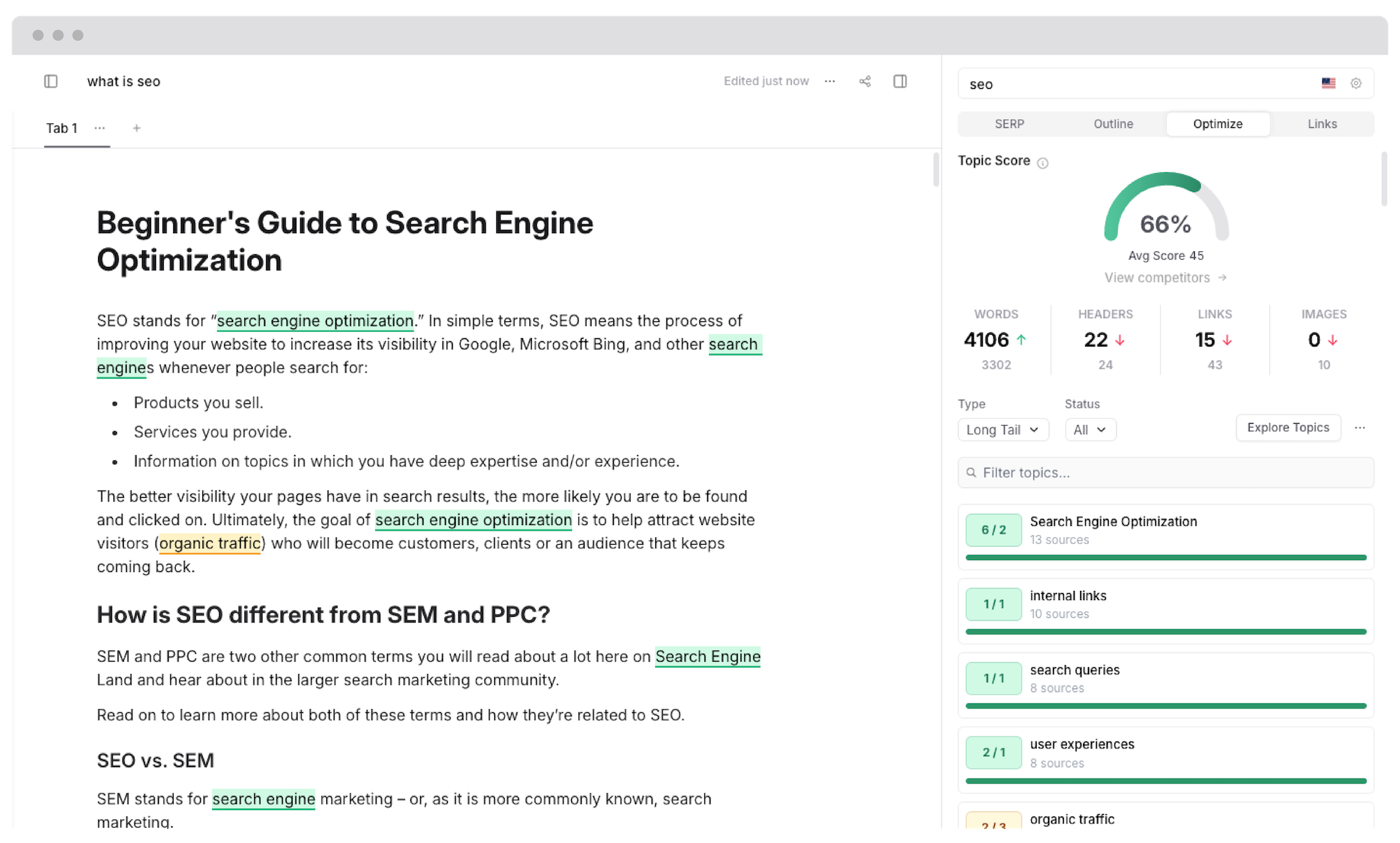
Keyword Research Tools
Keyword research tools are essential for discovering the best keywords for your content. These tools help you understand what your audience is searching for, ensuring your content ranks higher in search engines. By identifying high-volume, low-competition keywords, you can improve your visibility and drive more traffic to your site. Let’s explore some popular keyword research tools and how to use them effectively. Accounting software for therapists
Popular Options
Several keyword research tools are popular among SEO experts. Each offers unique features to help you find the best keywords for your content. Here are some top choices:
- Google Keyword Planner: A free tool from Google, providing data on keyword search volume, competition, and trends.
- Ahrefs: Known for its extensive keyword database, offering insights into keyword difficulty and search volume.
- SEMrush: Offers a comprehensive suite of SEO tools, including keyword research, competitor analysis, and site audits.
- Ubersuggest: A user-friendly tool providing keyword suggestions, search volume, and difficulty scores.
- Moz Keyword Explorer: Provides accurate keyword difficulty scores and organic CTR data to help prioritize keywords.
To help you compare these tools, here’s a quick overview of their key features:
| Tool | Free/Paid | Key Features |
|---|---|---|
| Google Keyword Planner | Free | Search volume, competition, trends |
| Ahrefs | Paid | Keyword database, difficulty, search volume |
| SEMrush | Paid | Keyword research, competitor analysis, site audits |
| Ubersuggest | Free/Paid | Keyword suggestions, search volume, difficulty |
| Moz Keyword Explorer | Paid | Keyword difficulty, organic CTR |
How To Use Effectively
To maximize the benefits of keyword research tools, follow these steps:
- Identify Your Niche: Understand your target audience and the topics they are interested in.
- Generate Keyword Ideas: Use tools like Google Keyword Planner and Ubersuggest to find a list of relevant keywords.
- Analyze Keyword Metrics: Check search volume, keyword difficulty, and competition using tools like Ahrefs and SEMrush.
- Prioritize Keywords: Focus on high-volume, low-competition keywords to improve your chances of ranking higher.
- Create Content: Develop content around your chosen keywords, ensuring it is valuable and engaging for your audience.
Using these tools effectively involves a combination of strategy and execution:
- Regular Updates: Keep your keyword list updated based on the latest trends and changes in search behavior.
- Competitor Analysis: Use tools like SEMrush to analyze your competitors’ keywords and identify gaps in your own strategy.
- Content Optimization: Continuously optimize your content with new keywords to maintain and improve rankings.
Remember, successful SEO is an ongoing process. Consistently using keyword research tools can help you stay ahead of the competition and drive more traffic to your site.
Content Analysis Tools
In the fast-paced world of digital marketing, having the best SEO content optimization tools is crucial. These tools help you enhance your website’s visibility and ranking on search engines. Among these tools, Content Analysis Tools stand out as they provide detailed insights into your content. They help you identify areas for improvement and optimize your content for better SEO performance. Let’s dive into two essential features of these tools: Real-Time Feedback and Improving Readability.
Real-time Feedback
Real-time feedback is a game-changer for content creators. It allows you to see the impact of your changes instantly. This feature helps you stay on track with your SEO goals. Here’s how:
- Instant Keyword Analysis: Check if your content includes the right keywords. Adjust your keyword usage as needed.
- SEO Score Updates: See your SEO score change as you edit. Aim for a higher score to improve your ranking.
- Error Detection: Spot and fix errors immediately. This includes grammar mistakes and SEO issues.
Real-time feedback tools often come with user-friendly dashboards. They highlight areas that need attention. For example, if your keyword density is low, the tool will alert you. This allows you to add more keywords seamlessly.
Here’s a quick comparison of some popular tools:
| Tool | Real-Time Feedback Feature |
|---|---|
| Yoast SEO | Offers keyword analysis and readability score updates. |
| SEMrush | Provides SEO score updates and error detection. |
| Grammarly | Focuses on grammar and readability improvements. |
Improving Readability
Readability is crucial for keeping your audience engaged. If your content is hard to read, visitors will leave your site quickly. Improving readability ensures that your message is clear and easy to understand. Here are some tips:
- Short Sentences: Keep your sentences short. This makes your content easier to read.
- Simple Words: Use simple words that everyone can understand. Avoid jargon and complex terms.
- Bullet Points and Lists: Break down information into bullet points or lists. This makes your content scannable.
Tools like Yoast SEO and Grammarly help improve readability. They highlight long sentences and complex words. They suggest simpler alternatives. This makes your content more accessible.
Here’s a quick overview of how these tools help:
| Tool | Readability Features |
|---|---|
| Yoast SEO | Highlights long sentences and passive voice usage. |
| Grammarly | Suggests simpler words and checks sentence structure. |
| Hemingway Editor | Provides readability score and highlights complex sentences. |
Improving readability not only enhances user experience but also boosts your SEO performance. Visitors stay longer on your site, reducing bounce rates and increasing engagement.
On-page Seo Tools
Optimizing your content for search engines is crucial for online success. Among the various SEO strategies, On-Page SEO Tools play a pivotal role in ensuring your content ranks high. These tools help you fine-tune elements directly on your webpage, making it more search-engine-friendly. Let’s delve into the essential elements and common mistakes associated with On-Page SEO Tools.
Essential Elements
Effective on-page SEO involves focusing on several key elements. These elements ensure that your content is easily understood and ranked by search engines.
- Title Tags: Your title should be compelling and include your target keyword. It is the first thing users see in search results.
- Meta Descriptions: This brief summary should entice readers to click on your link. Include your primary keyword.
- Header Tags (H1, H2, H3): These help organize your content and make it easier for search engines to understand the structure.
- Keyword Placement: Keywords should appear naturally in your content. Avoid keyword stuffing.
- URL Structure: Keep URLs short and include your target keyword.
- Internal Linking: Link to other relevant pages on your site. This helps search engines crawl your site and keeps users engaged.
- Image Optimization: Use alt text that includes keywords. Compress images to reduce loading times.
- Content Quality: High-quality, relevant content engages users and reduces bounce rates.
Here is a table summarizing these essential elements:
| Element | Description |
|---|---|
| Title Tags | Include target keywords, compelling |
| Meta Descriptions | Summarize content, include keywords |
| Header Tags | Organize content, improve readability |
| Keyword Placement | Natural inclusion, avoid stuffing |
| URL Structure | Short, include keywords |
| Internal Linking | Link to relevant pages, improve crawlability |
| Image Optimization | Use alt text, compress images |
| Content Quality | Engaging, relevant content |
Common Mistakes
Many websites fail to rank due to common on-page SEO mistakes. Avoiding these can significantly improve your site’s performance.
- Keyword Stuffing: Overloading your content with keywords can lead to penalties. Aim for natural keyword usage.
- Ignoring Meta Descriptions: A missing meta description can reduce click-through rates. Always include a compelling description.
- Broken Links: Broken internal or external links harm user experience and SEO. Regularly check and fix them.
- Slow Page Load Times: Slow pages lead to high bounce rates. Compress images and leverage browser caching.
- Poor Mobile Experience: Ensure your site is mobile-friendly. Use responsive design techniques.
- Duplicate Content: Duplicate content confuses search engines. Use canonical tags to indicate the preferred version.
- Missing Alt Text for Images: Alt text helps search engines understand images. Always include descriptive alt text.
- Not Using Analytics: Without analytics, you can’t track performance. Use tools like Google Analytics to monitor and adjust your strategy.
Here is a table highlighting these common mistakes:
| Mistake | Description |
|---|---|
| Keyword Stuffing | Overuse of keywords, penalized by search engines |
| Ignoring Meta Descriptions | Reduces click-through rates, missed optimization |
| Broken Links | Harm user experience, SEO issues |
| Slow Page Load Times | High bounce rates, poor user experience |
| Poor Mobile Experience | Non-responsive design, poor mobile SEO |
| Duplicate Content | Confuses search engines, use canonical tags |
| Missing Alt Text for Images | Search engines can’t understand images |
| Not Using Analytics | No performance tracking, missed opportunities |
Link Building Tools
In the realm of SEO, having the right tools can make or break your strategy. One of the most critical aspects of SEO is link building. Link building tools help you find opportunities and monitor backlinks. These tools can significantly enhance your website’s authority and improve its search engine ranking. Here, we discuss some of the best link building tools to optimize your SEO content.
Finding Opportunities
Finding link building opportunities can be challenging, but the right tools can simplify this task. Here are some of the best tools to find link-building opportunities:
- Ahrefs: This tool provides a comprehensive backlink analysis. It helps you find out where your competitors are getting their links from.
- SEMrush: SEMrush offers a feature called ‘Backlink Gap’ that shows you the common backlinks among your competitors.
- Moz Link Explorer: Moz Link Explorer allows you to discover and prioritize the best link-building opportunities.
- BuzzStream: This tool helps you find influencers and websites in your niche that could link back to your content.
Here is a comparison table of these tools:
| Tool | Key Features | Price |
|---|---|---|
| Ahrefs | Comprehensive backlink analysis, competitor research | Starts at $99/month |
| SEMrush | Backlink Gap, keyword research | Starts at $119.95/month |
| Moz Link Explorer | Link building opportunities, domain authority | Starts at $99/month |
| BuzzStream | Influencer outreach, link-building campaigns | Starts at $24/month |
Monitoring Backlinks
Monitoring backlinks is crucial for maintaining a strong SEO strategy. Here are some essential tools for monitoring your backlinks:
- Google Search Console: This free tool from Google helps you monitor your website’s presence in the Google search results.
- Majestic: Majestic provides detailed insights into your backlinks, including their quality and relevance.
- Monitor Backlinks: This tool alerts you to new backlinks and helps you track the status of your existing ones.
- Linkody: Linkody offers real-time monitoring of your backlinks and provides daily reports.
Here is a comparison table of these tools:
| Tool | Key Features | Price |
|---|---|---|
| Google Search Console | Website presence, search performance | Free |
| Majestic | Backlink analysis, link quality | Starts at $49.99/month |
| Monitor Backlinks | Alerts for new backlinks, status tracking | Starts at $25/month |
| Linkody | Real-time monitoring, daily reports | Starts at $14.90/month |
Utilizing these tools can significantly enhance your link building efforts, ensuring that your website remains competitive in the search engine rankings.
Performance Tracking Tools
In the world of SEO, having the best content optimization tools is vital. These tools help improve your website’s visibility and performance. One key aspect of this process is performance tracking. By using performance tracking tools, you can monitor your site’s progress and make necessary adjustments. This ensures your SEO strategy remains effective and up-to-date.
Metrics To Monitor
When using performance tracking tools, it’s crucial to monitor specific metrics. These metrics help you understand how your content is performing. Here are some key metrics to keep an eye on:
- Organic Traffic: This measures the number of visitors coming to your site through search engines.
- Keyword Rankings: Track how well your content ranks for targeted keywords.
- Click-Through Rate (CTR): This shows the percentage of people who click on your link after seeing it in search results.
- Bounce Rate: The percentage of visitors who leave your site after viewing only one page.
- Average Session Duration: This indicates how long visitors stay on your site.
Understanding these metrics helps you make informed decisions. For example, a high bounce rate may suggest that your content isn’t engaging. On the other hand, a low average session duration could mean that users aren’t finding what they need.
| Metric | Importance |
|---|---|
| Organic Traffic | Measures overall visibility |
| Keyword Rankings | Indicates content relevance |
| Click-Through Rate (CTR) | Shows link attractiveness |
| Bounce Rate | Reflects user engagement |
| Average Session Duration | Measures content effectiveness |
Adjusting Strategies
After monitoring your metrics, you may need to adjust your strategies. This ensures your SEO efforts remain effective. Here are some ways to tweak your strategies based on the metrics:
- Improve Content Quality: If your bounce rate is high, focus on creating more engaging content.
- Optimize Keywords: For low keyword rankings, refine your keyword strategy. Use more relevant and long-tail keywords.
- Enhance Meta Descriptions: A low CTR might mean your meta descriptions need improvement. Make them more compelling.
- Internal Linking: To increase average session duration, use internal linking. This guides users to other valuable content on your site.
- Page Speed Optimization: Slow-loading pages can hurt your metrics. Use tools to analyze and improve page speed.
By making these adjustments, you can significantly improve your site’s performance. Always keep an eye on your metrics. They provide valuable insights and help you stay ahead in the SEO game.
Competitor Analysis Tools
To rank higher on search engines, you need to know what your competitors are doing. Competitor analysis tools help you understand their strategies. These tools give insights into what works for your rivals and where you can improve. By using these tools, you can identify gaps in your content and learn from your rivals’ successes and mistakes.
Identifying Gaps
Identifying gaps in your content is crucial for SEO. Competitor analysis tools help you find what you are missing. Here are some ways these tools can help:
- Keyword Gaps: Find keywords your competitors rank for but you don’t.
- Content Gaps: Discover topics your competitors cover that you haven’t.
- Backlink Gaps: Identify websites linking to your competitors but not to you.
Using these insights, you can improve your content. Below is a table showing popular competitor analysis tools and their key features:
| Tool | Key Features |
|---|---|
| Ahrefs | Keyword gap analysis, backlink analysis, content gap analysis |
| SEMrush | Keyword research, competitor traffic analysis, backlink gap analysis |
| Moz | Keyword explorer, link explorer, on-page grader |
By analyzing these gaps, you can create content that fills the void. This strategy helps you rank higher and attract more visitors.
Learning From Rivals
Learning from rivals is another benefit of competitor analysis tools. These tools show what works for your competitors. Here are some ways to learn from your rivals:
- Content Strategies: Study the type of content they produce and how they structure it.
- SEO Techniques: Analyze their on-page SEO tactics, such as meta tags and headings.
- Backlink Profiles: Examine their backlink sources and try to get links from the same sites.
Competitor analysis tools provide data on various aspects. This data helps you understand why your competitors rank higher. Below is a table showing how different tools can help you learn from your rivals:
| Tool | Learning Insights |
|---|---|
| Ahrefs | Top-performing content, backlink strategies, keyword rankings |
| SEMrush | Competitor traffic sources, ad strategies, top keywords |
| SpyFu | PPC strategies, organic keywords, competitor ad history |
By learning from your rivals, you can refine your strategies. This approach helps you stay competitive and improve your SEO performance.
Future Trends In Seo Tools
SEO content optimization tools are evolving rapidly. Future trends in SEO tools show a significant shift towards smarter, more efficient technologies. These tools are becoming more advanced and user-friendly. They help businesses stay ahead in the competitive digital landscape. Let’s explore these future trends in detail.
Ai Integration
AI integration is transforming SEO tools. AI helps in understanding and predicting user behavior. This leads to better content optimization. Here are some key benefits:
- Automated Content Creation: AI can generate content based on user preferences.
- Improved Keyword Research: AI analyzes large datasets to find the best keywords.
- Enhanced User Experience: AI personalizes content for individual users.
AI-driven tools like Grammarly and ClearScope are already making waves. They offer real-time suggestions to improve content quality. These tools use AI to analyze readability, tone, and engagement levels.
Future AI Trends in SEO Tools:
| Trend | Description |
|---|---|
| Voice Search Optimization | AI optimizes content for voice search queries. |
| Predictive Analytics | AI predicts future trends and user behavior. |
| Natural Language Processing | AI understands and processes human language better. |
AI integration is making SEO tools smarter and more efficient. These advancements are crucial for staying competitive in the digital space.
Evolving Algorithms
Search engine algorithms are constantly evolving. SEO tools must adapt to these changes. Here are some important aspects:
- Regular Updates: Algorithms receive frequent updates to improve search results.
- Focus on Quality: Algorithms prioritize high-quality, relevant content.
- User Intent: Understanding user intent is becoming more important.
Tools like SEMrush and Moz help track algorithm changes. They provide insights into how these changes affect website rankings.
Future Algorithm Trends in SEO Tools:
| Trend | Description |
|---|---|
| Mobile-First Indexing | Prioritizing mobile-friendly content in search rankings. |
| Core Web Vitals | Focusing on user experience metrics like load time and interactivity. |
| BERT and Beyond | Understanding the context of words in search queries. |
Adapting to evolving algorithms is essential. SEO tools that stay updated with these changes will help businesses maintain and improve their search rankings.

Frequently Asked Questions
What Are Seo Content Optimization Tools?
SEO content optimization tools help improve your content’s visibility on search engines. They analyze and suggest improvements.
Why Use Seo Content Optimization Tools?
Using these tools boosts your search engine rankings. They enhance content quality and increase organic traffic.
How Do Seo Tools Improve Content?
They analyze keywords, readability, and structure. They provide actionable insights to enhance your content’s effectiveness.
Which Is The Best Free Seo Tool?
Google Search Console is the best free tool. It offers essential insights into your website’s performance.
Can Seo Tools Increase Organic Traffic?
Yes, they can. By optimizing content, you attract more visitors from search engines, boosting organic traffic.
Are Paid Seo Tools Worth It?
Yes, paid tools offer advanced features. They provide deeper insights and more comprehensive optimization suggestions.
Do Seo Tools Offer Keyword Suggestions?
Yes, most SEO tools suggest relevant keywords. These suggestions help you target the right audience effectively.
How Often Should You Use Seo Tools?
Use them regularly, ideally before publishing new content. Regular use ensures your content remains optimized.
Do Seo Tools Analyze Competitors?
Yes, many SEO tools analyze competitors. They provide insights into competitors’ strategies and performance.
Can Beginners Use Seo Optimization Tools?
Absolutely, many tools are user-friendly. They offer tutorials and guides to help beginners optimize their content.
Conclusion
Choosing the best SEO content optimization tools can significantly improve your online presence. These tools help boost search engine rankings. They provide valuable insights into keywords, content performance, and competitor analysis. Implementing them can lead to higher traffic and better engagement.
Start optimizing your content today for better results.

